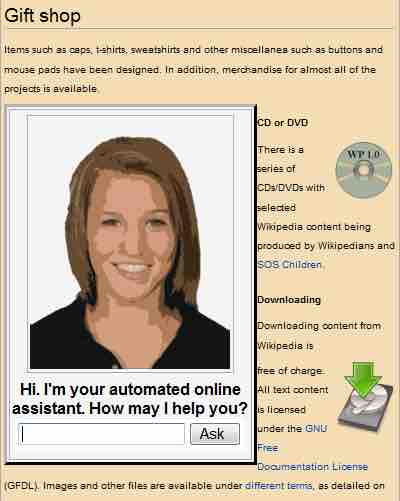Internet marketing, also known as web marketing, online marketing, webvertising, or e-marketing, is referred to as the marketing (generally promotion) of products or services over the Internet. Internet marketing is considered to be broad in scope because it not only refers to marketing on the Internet but also includes marketing done via e-mail and wireless media. Digital customer data and electronic customer relationship management (ECRM) systems are also often grouped together under internet marketing.
Internet marketing ties together the creative and technical aspects of the Internet, including design, development, advertising, and sales. Internet marketing also refers to the placement of media along many different stages of the customer engagement cycle through search engine marketing (SEM), search engine optimization (SEO), banner ads on specific websites, email marketing, mobile advertising, and Web 2.0 strategies.
In 2008, The New York Times, working with comScore, published an initial estimate to quantify the user data collected by large Internet-based companies. Counting four types of interactions with company websites in addition to the hits from advertisements served from advertising networks, the authors found that the potential for collecting data was up to 2,500 times per user per month.
Digital marketing is the use of internet-connected devices to engage a customer with online advertising in order to promote products and services. Internet-connected devices are those such as web browsers, smart phones, and game consoles. As technology develops, more devices become capable of internet browsing and the digital marketing potential that comes with it.
Pull digital marketing is marketing in which the consumer must actively seek content—often via web searches or arrangements in which the recipient has been given permission to receive content that is sent to the consumer by email, text message, or web feed. Websites, blogs, and streaming media (audio and video) are also examples of pull digital marketing. Articles with specific target / topic are a great source to pull interested viewers. In each of these, users have to link to the website to view the content. Only current web browser technology is required to maintain static content. However, additional internet marketing technologies (search engine optimization) may be required to attract the desired consumer demographic. Research by Martin et al. (2003) found what permission email marketing content consumers find useful, such as special sales and new product information, whereas suggesting interesting hyperlinks was not seen as useful.
Push digital marketing involves a marketer sending a message without the consent of the recipients, such as display advertising on websites and news blogs. Email, text messaging, and web feeds can also be classed as push digital marketing when the recipient has not given permission for the marketer to send the marketing message. (This is also known as spam. ) Push technologies can deliver content as soon as it becomes available and are better targeted to their consumer demographics, although audiences are often smaller, and the costs of creation and distribution are higher. Push digital marketing technologies are more proper when done with prior permission—a concept called permission marketing. This is also more ethical. Permission can be obtained through subscriptions, consent to send email, etc.
Push and pull message technologies can be used in conjunction with each other. For example, an email campaign can include a banner ad or link to a content download. This enables a marketer to benefit from both types of digital marketing .

Automated online assistant
An example of E-leadership